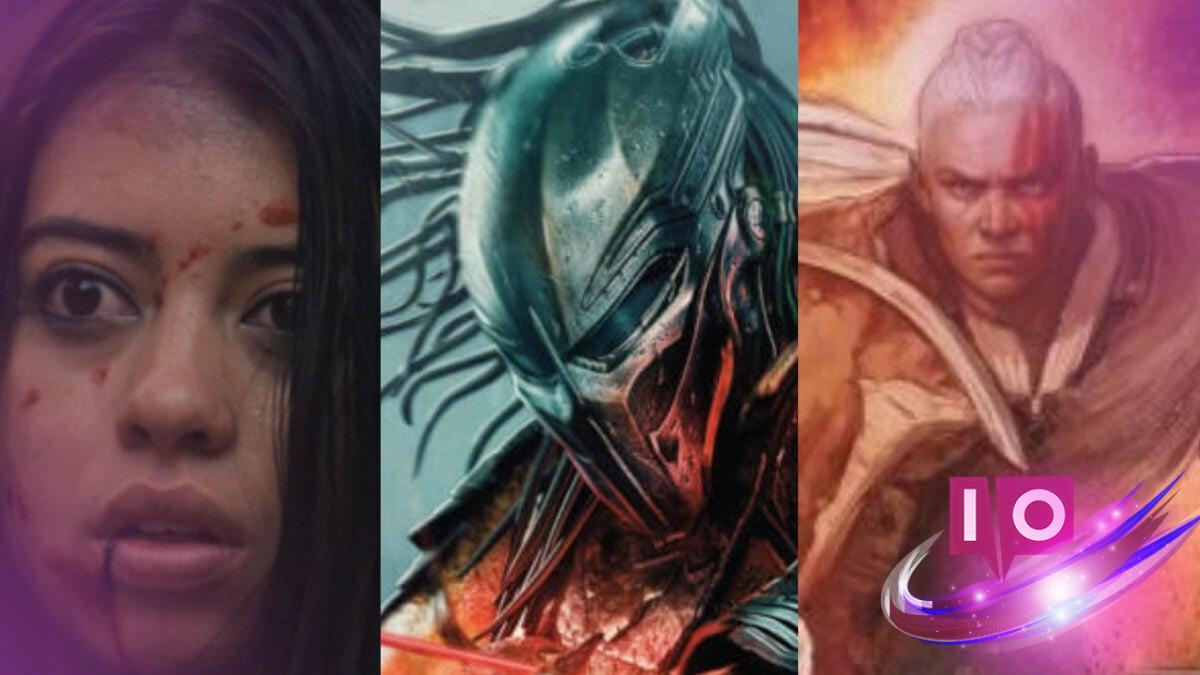Franchise comebacks are a rare treasure in Hollywood, but few can claim resurgence like the Predator series. Since the release of 2022’s Prey, and now with the recent debut of Predator: Killer of Killers and Predator: Badlands hitting theaters this weekend, it’s clear that these films are breathing new life into a classic.
At the helm of this revival is Dan Trachtenberg, who previously made waves with his feature directorial debut in 2016’s 10 Cloverfield Lane. Each new installment not only delivers sought-after elements for die-hard fans—like naming the deadly Yautja—but also weaves together thematic threads that define the ethos of this trilogy.
The focal point of Trachtenberg’s vision is masculinity—an intrinsic theme in the Predator universe. With iconic moments, like the famous handshake and the hyper-masculine bravado of its characters, the series explores deeper narratives, particularly in Prey and Badlands.
The protagonist of Badlands, Dek, struggles beneath the weight of his perceived inadequacies, deemed less worthy among the Yautja due to his stature. This sense of humiliation runs deep, especially when his father, Njohrr, considers him weak and unfit for survival. Conversely, Prey’s Naru yearns to join her brother Taabe as a hunter but faces opposition from the male members of her Comanche tribe, who dismiss her because of her gender. Naru, however, believes that the roles of foraging and healing assigned to Comanche women are undervalued.
Both films present unique perspectives on masculinity: Prey insists that Naru must employ both her hunting and foraging skills to stand a chance against the Feral Predator, who savages the Comanche and French fur traders with alarming ease. Yautja are often depicted as formidable hunters, but even they aren’t immune to failure; for instance, the Feral Predator faces near-defeat in encounters with wildlife. Dek, too, quickly realizes his arrogance could lead to his downfall after a harsh landing strips him of his gear and nearly costs him his life.
In Badlands, the critique of masculinity sharpens. Dek stands as the first ever Predator protagonist, seen as an underdog—likely a deliberate choice by Trachtenberg. Instead of teaming Dek with Naru, he allies with a synthetic named Thia and a creature known as Bud. Throughout his journey, Dek clings to a survivor’s ethos of strength and unity, a detail highlighted from the film’s opening lines. However, when Thia poses a poignant question—“Who would want to survive on their own?”—Dek begins to rethink his beliefs, especially after repaying Thia’s kindness by protecting her during the climax.
Community emerges as a vital theme in both Killer of Killers and Badlands. The animated film features three leads—Viking warrior Ursa, airman John Torres, and shinobi Kenji—each facing their own Predators with the support of allies. Their survival may be uncertain, yet their cooperation enables them to overcome challenges that would be insurmountable alone. Even when faced with imminent danger from the Yautja, they prioritize teamwork over individual prowess.
The finale of these films suggest a shift in the Predator narrative: from isolation to community. While ominous threats loom for Kenji, Torres, and Dek, there’s an underlying reassurance that they’re not alone in their battles. This refreshing perspective not only adds depth to the narrative but could lead to thrilling new developments as the Predator series evolves.
What themes of masculinity are explored in the new Predator trilogy?
The trilogy delves into varied interpretations of masculinity, emphasizing the necessity of both strength and emotional intelligence in navigating conflicts.
How does community play a role in these films?
Community is emphasized in both Badlands and Killer of Killers, highlighting the importance of collaboration and support in overcoming adversity.
Are there any significant character arcs in the recent films?
Yes, characters like Dek and Naru experience growth that challenges traditional notions of masculinity, leading to moments of introspection and camaraderie.
What sets the recent Predator films apart from the original?
The latest films focus more on character development, emotional depth, and community rather than just action, allowing for richer storytelling.
How do the films address traditional gender roles?
They subvert traditional gender roles by showcasing strong female leads like Naru, who challenge expectations and redefine strength.
As the Predator series continues to evolve, it promises to engage viewers with thought-provoking storytelling that goes beyond mere action. You can explore more insights and content at Moyens I/O.
